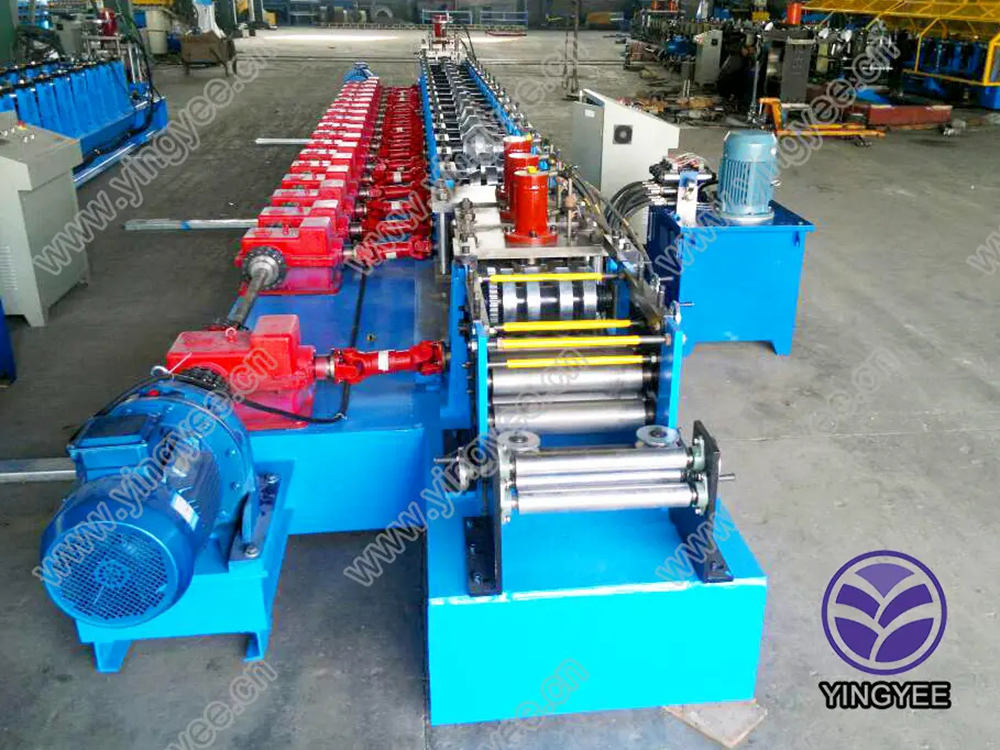
The Importance of Sheet Metal Bending Machines in Manufacturing
In the modern manufacturing landscape, sheet metal bending machines play an integral role in shaping and fabricating metal components for various industries. These machines are essential for transforming flat sheets of metal into three-dimensional parts that meet specific design and functional requirements. Whether in automotive, aerospace, construction, or consumer electronics, the efficiency and precision provided by sheet metal bending machines have revolutionized how metal components are produced.
Understanding Sheet Metal Bending
Sheet metal bending involves deforming metal sheets into desired angles or shapes without cutting or removing material. This process is crucial for creating parts that require a combination of strength, lightweight construction, and intricate design. Common bending operations include air bending, bottoming, and coining, each offering different levels of precision and control over the finished product.
Types of Sheet Metal Bending Machines
There are various types of sheet metal bending machines available, each designed to cater to specific production needs. The most common types include
1. Press Brakes These machines are widely used in the industry for bending metal sheets. Press brakes utilize a punch and die system to achieve precise bends, making them ideal for high-accuracy applications. Advanced models, equipped with CNC (Computer Numerical Control) technology, can automatically adjust parameters and optimize bending processes, significantly improving efficiency and productivity.
2. Hydraulic Benders Hydraulic bending machines offer powerful bending capabilities, making them suitable for thicker and harder materials. The hydraulic system allows for smooth and consistent force application, which is essential for achieving complex shapes with uniformity.
3. Electromechanical Benders These machines combine the precision of CNC technology with the flexibility of electric motors. They are known for their energy efficiency and lower maintenance requirements compared to hydraulic systems. Electromechanical benders are ideal for small to medium production runs where versatility is key.

Advantages of Using Sheet Metal Bending Machines
1. Precision and Accuracy One of the primary benefits of bending machines is their ability to produce highly accurate bends. This precision is essential in industries where tight tolerances are required. CNC technology further enhances this aspect by eliminating human error and ensuring consistency across production runs.
2. Increased Efficiency Automated bending machines reduce the time taken to set up and execute bending operations. This efficiency is particularly beneficial in high-volume production environments, where meeting tight deadlines is crucial.
3. Versatility Sheet metal bending machines can handle a wide range of materials, including aluminum, steel, and copper, and can produce various shapes and angles. This versatility makes them indispensable in many sectors.
4. Cost-Effectiveness While the initial investment in high-quality bending machines can be significant, the long-term savings in labor costs, material waste, and production time can justify the expense. Moreover, their durability and reliability ensure that manufacturers can maintain productivity over extended periods.
Future Trends and Innovations
As technology continues to evolve, sheet metal bending machines are also undergoing significant advancements. Automation, artificial intelligence, and smart manufacturing technologies are increasingly being integrated into bending processes. These innovations promise even greater efficiencies, reduced lead times, and improved quality control. Furthermore, the incorporation of sustainable practices in manufacturing is motivating companies to invest in eco-friendly bending solutions that reduce material waste and energy consumption.
Conclusion
In conclusion, sheet metal bending machines are indispensable tools in the manufacturing process, enabling industries to produce high-quality metal components quickly and efficiently. Their precision, versatility, and cost-effectiveness make them vital for maintaining competitive advantage in the increasingly demanding marketplace. As technology advances, the capabilities of these machines will only continue to grow, paving the way for more innovative manufacturing solutions in the future.